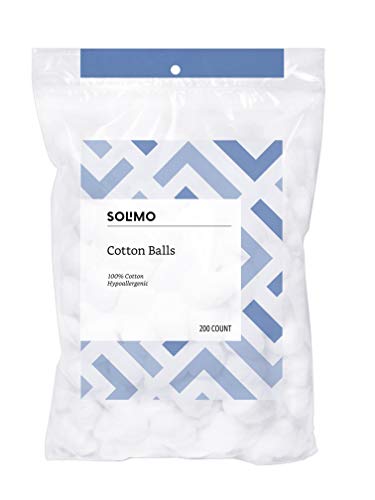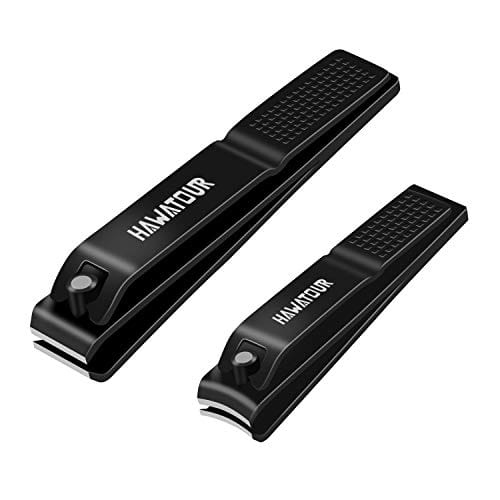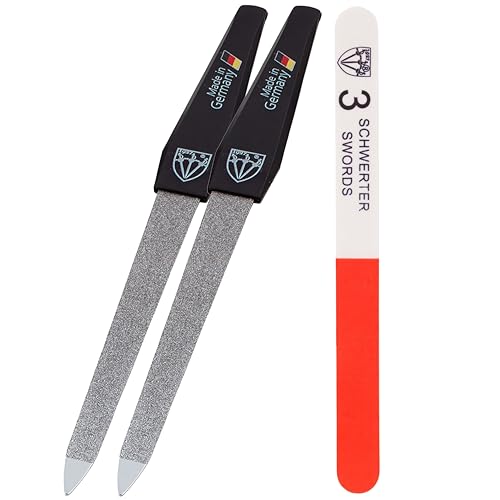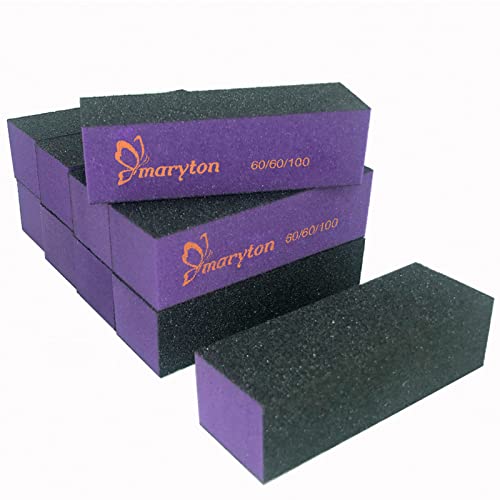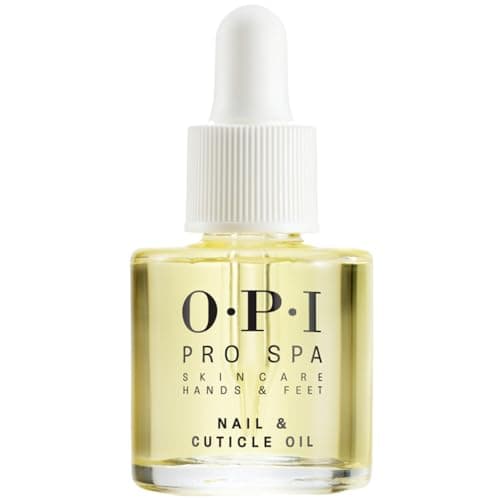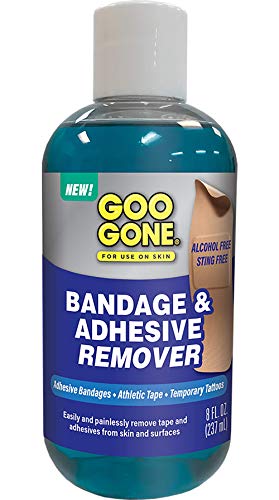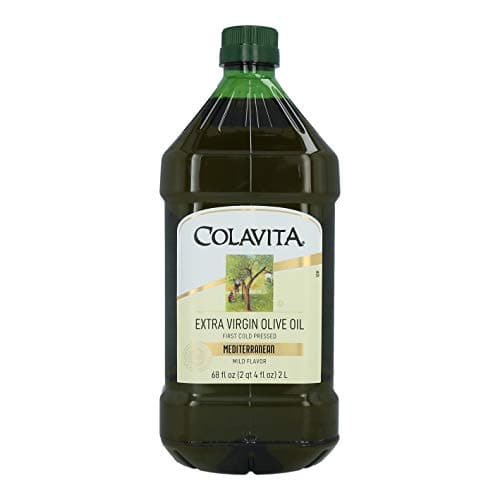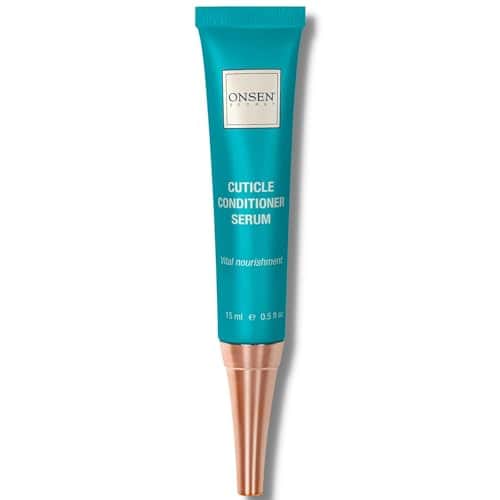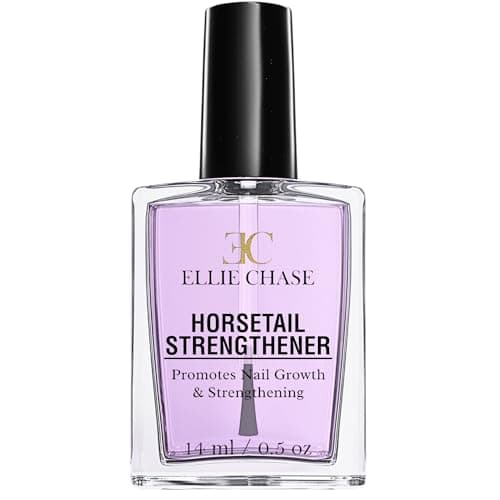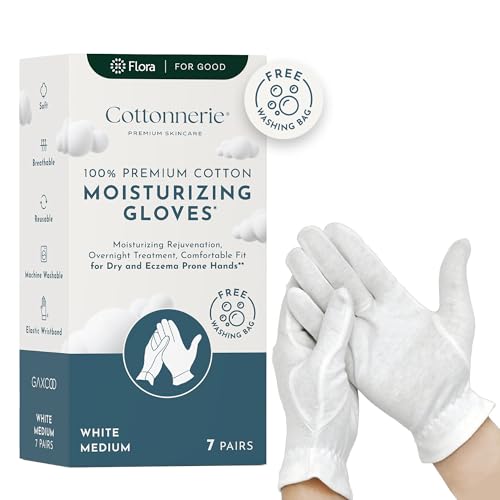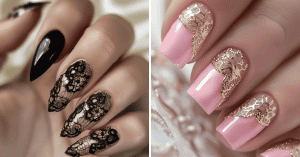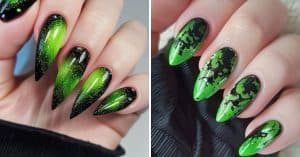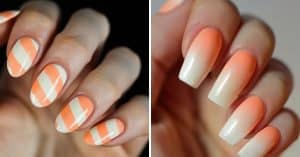Nail glue is stubborn and can be challenging to remove, especially from fake nails. Whether your nails are acrylic or gel-based, there are specific methods to remove the glue effectively. We've researched various techniques for both types of fake nails.
Having a removal strategy is crucial if you're not visiting a salon. The best approach depends on the kind of fake nails you have and the time you can dedicate to the process. Keep reading to discover different ways to remove nail glue at home.
Methods To Remove Nail Glue From Fake Nails
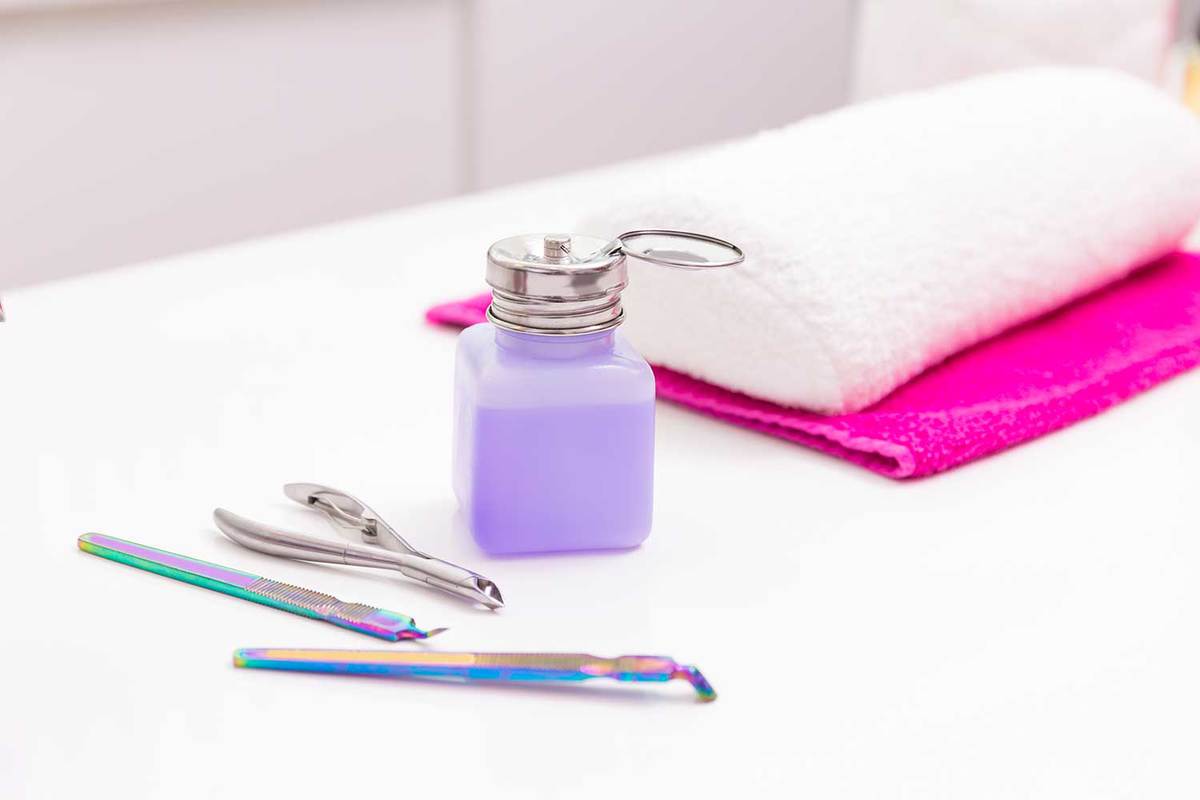
This article may include affiliate links and elements that were carefully created by our team using advanced ai to help you envision the best style advice.
Method 1. Buff the Acrylic Nails Down
You don't always need to soak acrylic nails to remove them. If your nails are a week or two old, you can buff them down using a fingernail buffer.
If you prefer not to soak your acrylic nails in acetone or nail polish remover, here is a method to loosen the glue and remove them.
Things you'll need:
- Fingernail buffer
- Small disposable bowel
- Cuticle stick
- Cuticle cream
- Cotton balls
- Fingernail file
1. Remove the nail polish
Start by removing any nail polish from the acrylic nails. Apply the polish to cotton balls and them on the acrylic nails until the polish is completely removed.
2. Clip the nails
Next, take your fingernail clippers and clip the acrylic nails until they are just a tad longer than your natural nails.
3. File the nails down
Use your nail file to file the nails down around the edges and top. File them until the layer of acrylic is as thin as possible. Use the coarsest side of your file or nail file for this step.
Next, use the finer side of your file to remove any remaining glue. This step is especially important, as you don't want to file your natural nail accidentally.
If the glue is still too hard after it's filed down, let your fingernails soak in soapy water for about 15 minutes to help loosen it up. Then, repeat this step.
4. Wash your hands
Once you have removed all of the remaining glue, wash your hands with warm, soapy water to remove any residue from your skin and nails. Pay special attention to the areas around your cuticles.
5. Buff your nails
After drying your hands, take your nail buffer and go over the top of your nails to smooth out your nail bed. Your nails may appear rough and jagged at this time but don't fret. The nails are in a frail state at this point and will need time to recover.
6. Apply cuticle oil
Take a dab of cuticle oil and rub it on all of your nails, especially on top of your cuticles and around the edges of your nail bed.
Method 2. Use Goo Gone to Remove Gel Nails
You'll be surprised to know you can use an everyday household product to remove gel nails quickly. Goo Gone Bandage and Adhesive Remover are made from orange oil. It is a non-irritating, alcohol-free adhesive remover that's safe to use on your skin. Let's look at how to use it.
Things you'll need:
- Goo-Gone
- Cuticle Stick
- Fingernail Clipper
- Nail Buffer
- Cotton Balls
- Cuticle Cream
- Cuticle Oil
- Fingernail File
1. Clip the gel nails
First, use your fingernail clippers to clip the gel nails down as low as possible without clipping your natural nails.
2. Apply Goo Gone onto a cuticle stick
Cut a cotton ball into four pieces, and then wrap one of the pieces around the flat end of your cuticle stick. Next, dip the cuticle stick in the Goo Gone until the cotton ball is completely coated in the solution.
3. Apply the Goo Gone to your gel nails
Once the cotton ball is soaked, place it on your nail bed and hold it on each nail for about 30 to 40 seconds. Move the cotton ball back and forth so that the solution can loosen up the glue and penetrate the entire nail bed.
Repeat this step until the glue is soft enough to remove the gel nail completely.
4. Buff your nails
Next, buffer your fingernails to take away any remaining glue or residue. If the residue is still too hard, re-apply the Goo-Gone and repeat the previous step.
5. Wash your hands
Wash your hands to remove the Goo Gone, and then massage a few cuticle oil drops onto your nails.
Does Acetone Ruin Fake Nails?
It's not fair to say that acetone "ruins" fake nails, but it definitely won't help them stay on longer. Acetone is typically used to help break down the glue used in acrylic and gel nails. It is a fairly strong solvent, so many women prefer not to use it when removing fake nails.
Will Nail Glue Eventually Come Off On Its Own?
Yes, it will. Despite what you may have heard, acrylic and gel nails do not last forever.
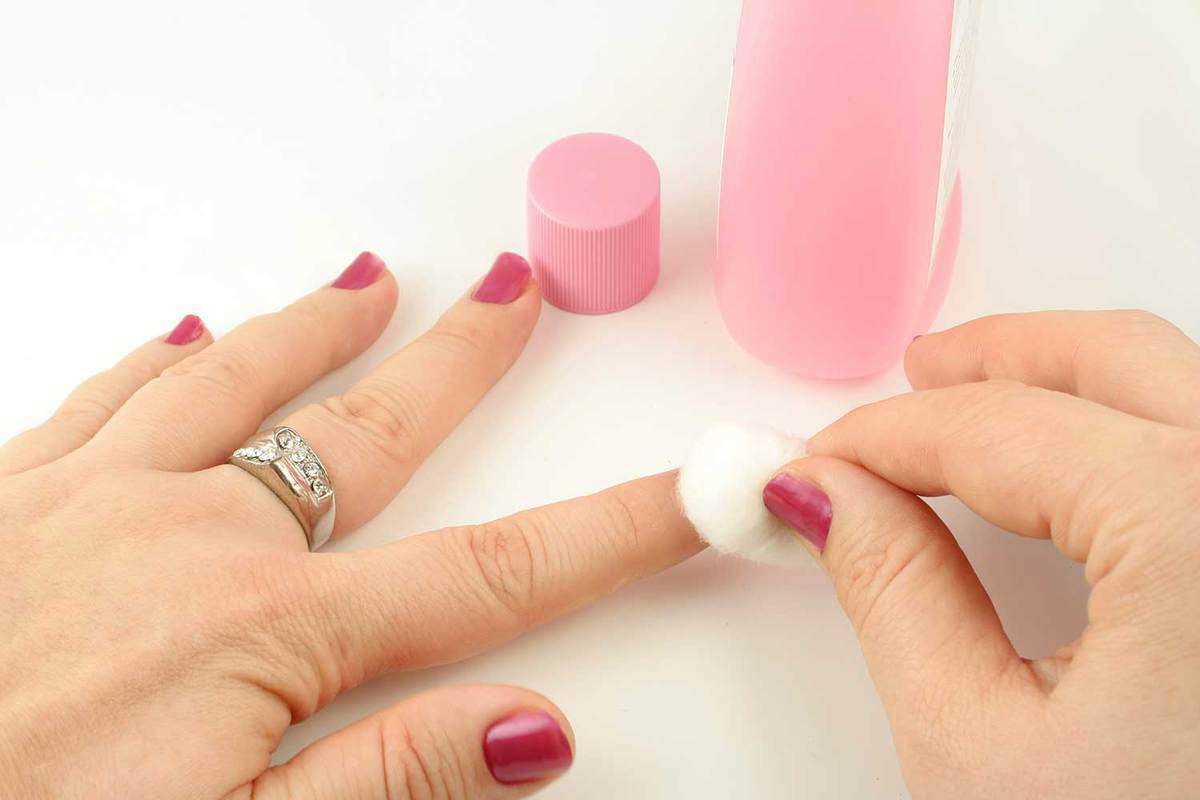
Over time, nail glue will eventually wear down and peel off. This will usually happen over a period of several weeks. During this time, not only will your natural nails grow out, pushing the glue further down on your nail bed.
It'll also wear down from general wear and tear, humidity, and moisture from your hands. This can take anywhere from six to eight weeks to occur, and most women will typically have their fake nails removed or replaced before this time.
If you're applying fake nails and wondering how much glue to use for optimal adherence without overdoing it, check out the article: "How Much Glue To Put On Fake Nails?" for detailed guidance.
Does Nail Glue Ruin Your Nails?
If you wear acrylic or gel nails too often without gaps between their applications, the nail glue can negatively affect your natural nails. The reason is that your nail bed will not have time to breathe and repair itself in between each application.
Nail beds need air and oil to stay healthy. Nail glue strips your natural nail bed of oil and can wear down the skin cells on it. Also, if you have sensitive skin or allergies, nail glue can irritate your natural nails.
To understand more about the potential harms and proper use of nail glue, you might want to read "Is Nail Glue Bad For Your Nails?" This article explores the impact of nail glue on your nails in detail.
However, there are ways to help prevent your nails from becoming ruined when wearing fake nails. Let's look at some of the ways to keep your natural nails healthy:
- Have your fake nails applied at salons with a state license, and properly sterilize all of their equipment and tools. It is easy to get a nail infection from nail glue and even harder to get rid of it once you have one.
- Allow your natural nails to rest for at least a month or two before getting a new acrylic or gel nail manicure.
- Ask the nail technician if they have any hypoallergenic or nail glue specially formulated for sensitive skin.
- Request that the nail technician does not clip your cuticle. Sometimes, technicians may cut your cuticle while clipping it to apply acrylic nails. This can cause an infection once the nail glue is applied, as it can irritate the cut.
If you find that the condition of your natural nails has noticeably deteriorated due to fake nails, there are ways to make them healthy again. Let's look at some of the most popular ones.
Ways To Repair Damaged Natural Nails
The chemicals in acrylic, gel, and nail glue solutions can make your natural nails dry, weak, brittle, and prone to breaks and splits. While it may take time to regrow healthy nails and reverse the damage caused by fake nails, there are a few ways to speed up this process.
1. Soak your nails in oil daily
Soak your nails in olive oil for 10 to 12 minutes daily for three to four weeks to restore their strength and improve their nail bed condition.
2. Apply cuticle cream daily
Apply a nightly cuticle cream to your fingernails to nourish your nail bed and promote cell growth. Finding a cuticle cream containing vitamins E and C is best, as both promote healthy skin and moisture replenishment.
3. Apply a clear strengthening nail polish
If your natural nails are weak and brittle, consider applying a strengthening nail polish every two to three days until the nails have healed.
Many strengthening nail polish solutions are available; however, it's best to find one with minerals, including calcium and protein, to help bind the layers of your nails together, making them stronger and more resilient.
4. Wear hand gloves when performing chores
A good pair of hand gloves can do wonders for your damaged nails. Protect your nails when performing daily chores such as scrubbing or whenever you handle harsh chemicals. These tasks can make dry or damaged nails even worse.
How Do You Soak Off Nail Glue?
The easiest way to soak off nail glue is to first use acetone, an acetone-free nail remover, or warm water to loosen the glue.
Once the glue is loosened and soft, use a cuticle stick to gently pry it up from the edges around the nail until you can remove the nail completely.
Depending on the solution you used to soak the glue and the age/length of the nails, you'll need to soak the nails for 20 to 45 minutes.
Mastering Nail Glue Removal
Removing nail glue from fake nails can be tricky at first, but it gets easier with practice. Whether you soak, use Goo Gone, or buff your nails, always handle them carefully to avoid damaging your natural nails. Keep practicing the method that works best for you.
Use the image below to pin this informative post to your social platforms so that your network can benefit from these insights as well!
![Woman attaching false nails, How To Remove Nail Glue From Fake Nails [2 Methods Explored]](https://stylecheer.com/wp-content/uploads/2021/04/How-To-Remove-Nail-Glue-From-Fake-Nails.png)

